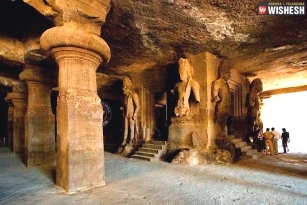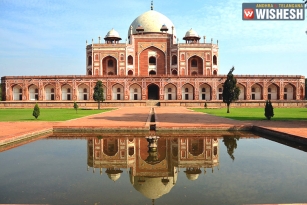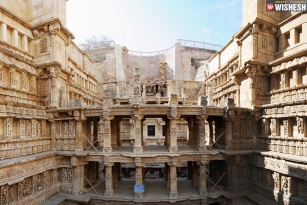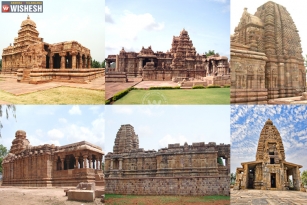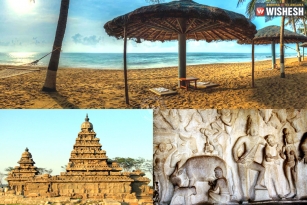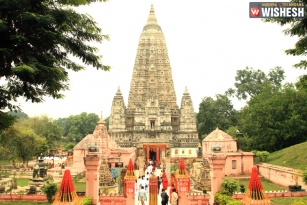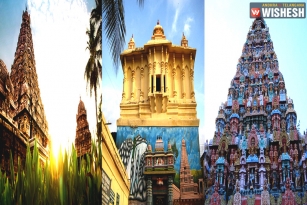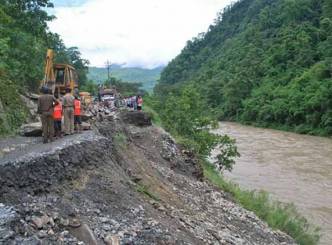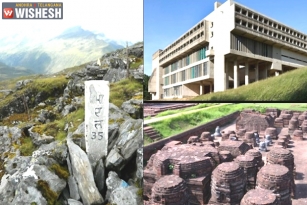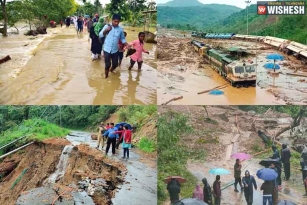
(Image source from: UNESCO World Heritage Centre)
Khangchendzonga National Park, Sikkim:- The Kanchenjunga National Park is named after the third highest mountain peak in the world, and snuggled in the lap of the mighty Himalayas in North of Sikkim. It is even recently included in UNESCO’s world heritage sites. Kanchenjunga, lies partly in Nepal and partly in Sikkim at an elevation of 8586 meters. It is a rare high altitude national park and the first “Mixed-Heritage” site of the country.
Inside the national park, one can find numerous glaciers with the Zemu glacier being the most significant one, at an extravagant length of twenty-six kilometers. The area is home to most endemic and rare species of flora and fauna including the Snow Leopard and Himalayan Tahr.
The park with a varying elevation of 1,829 m to over 8,550 m, is sprawled across a vast area of 850 sq km. It adjoins Qomolangma National Nature Preserve in Tibet and Kanchenjunga Conservation Area in Nepal. In the Buddhist culture, Sikkim also has religious significance. It is referred as ‘Hidden Land’ and what now constitutes the park is the sanctum sanctorum, where religious masters are said to hide religious texts and treatises marked for discovery in later times.

(Image Source: India Getaways)
This place is a paradise for trekking with a diverse landscape and breathtaking views and is unique in biodiversity. A number of mythological stories have been associated with the mountains and natural elements around; most of these stories have been integrated into Buddhist beliefs and a major source of Sikkimese identity.
In 1977, the Kanchenjunga National Park was established with an initial area of 850 square kilometers. It was later expanded to 1784 square kilometers in 1997.
- Flora and Fauna

This park is home to endangered species Oaks, Birch, Willow, and Maple along with several rare medicinal plants and is steeped with exquisite beauty all around. In this temperate and humid biome, you will also spot Alpine grasses, shrubs also inhabiting the region. Also about more than 550 species of birds alone inhabits this region including green pigeon, tragopan pheasant, blood pheasant, Tibetan snowcock, and Himalayan Griffon.
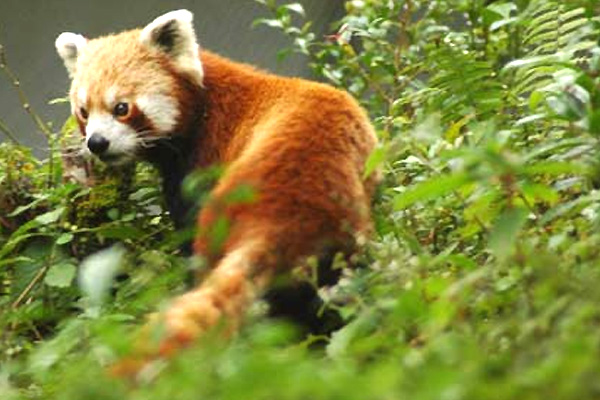
A new species of bird named Himalayan Forst Thrush was discovered in 2016. It also houses several varieties of reptiles, mammals, and insects like Himalayan Tahr, Himalayan Blue Sheep, wild dog, snow leopard, red panda, Tibetan wild ass, and sloth bear etc.
- Treks
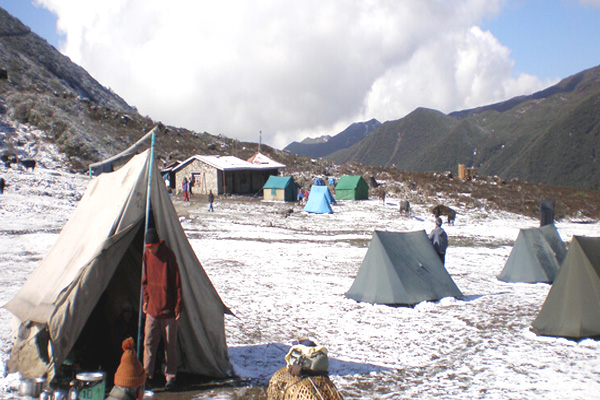
(Image Source: Trekking in India)
There are a number of popular trekking options you may undertake here. The Wildlife Education and Interpretation Center at Yuksum gives the permit for all the treks. Yuksum is the starting point of most of these treks. The state government also organizes treks along with private agents.
Some of the famous trekking routes are:
Yuksom - Tshoka - Dzongri
Bakim - Dzongri - Thangshing - Samuteng - Goechala
Dzongri Base Camp - Rathong - Khangerteng
Thangshing - Lam Pokhari - Kasturi
Orar - Labdang - Tashiding.
Lucanes Jakchen-Yabuk-Rest Camp (Marco Polo Camp) - Green Lake
Lachen-Thasngu (4,174 m) - Muguthang (4,900 m) - Thay La (5,200 m) - Khyoksa La (5,500 m) - Rest Camp - Green Lake.
Before visiting the national park, a permission of the State Cheif Wildlife Warden is also a must. Almost all the treks pass through the Kanchenjunga National Park.
How To Reach Kanchenjunga National Park
- The nearest airport with connectivity to Kolkata, Delhi, and Guwahati is the Bagdogra which is 222 kilometers away. A helicopter service also runs from Bagdogra to Gangtok.
- The nearest railway station is the Bagdogra, which is 222 kilometers away . The national park is well connected from Jalpaiguri via roads and you may book a taxi.
The park is also well connected to major cities and is accessible through roads. At regular intervals, you will find state and private buses to the national park.
- Tips
Make sure you obtain all the required permissions and permits to trek in the region before hand, which are a must.
- Other Places That You Can Visit In West Sikkim
- Pelling
- Geyzing
- Pemayangste Monastery
- Darap Village
- Yuksom
- Rabdentse Ruins
SUPRAJA




